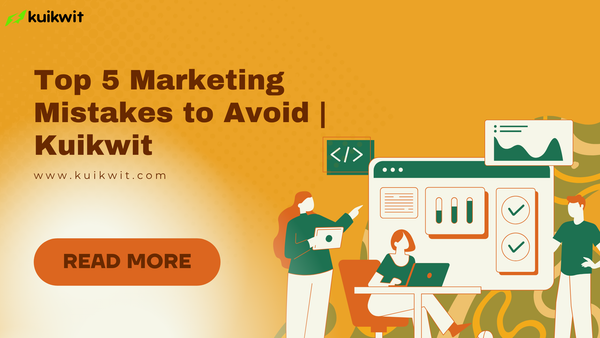The Future of Customer Communication: Messaging in 2030
Discover how customer communication will evolve by 2030. From conversational AI to omnichannel messaging, learn how businesses can prepare for the future of messaging today.

Customer communication has transformed dramatically over the past decade. What started with phone calls and emails has shifted into instant messaging, AI-powered chats, and seamless omnichannel experiences. As we look ahead, messaging in 2030 will not only be faster but also smarter, more personalized, and deeply integrated into every stage of the customer journey.
For businesses, this isn’t just a trend it’s a necessity. If you want to stay competitive in the coming years, preparing for the future of messaging today is key.
Why Messaging Is the Future of Communication
Modern customers expect more than products they want experiences. According to Salesforce, 88% of customers say the experience a company provides is as important as its products or services. Messaging is central to this because it’s:
- Instant – People don’t want to wait for email responses.
- Familiar – Messaging feels natural because we use it daily.
- Accessible – Customers can reach businesses anytime, anywhere.
By 2030, messaging won’t be optional it will be the backbone of how businesses build loyalty and trust.
1. Hyper-Personalization Will Be the Norm
Gone are the days of generic responses. With advanced AI and customer data platforms, businesses will be able to deliver hyper-personalized experiences.
- Messages will adjust tone and language to fit the customer’s preferences.
- Recommendations will be based on real-time behavior and purchase history.
- Every interaction will feel unique, even at scale.
Personalization won’t just impress customers it will drive higher retention and revenue.
2. Conversational AI Will Evolve Beyond Chatbots
By 2030, conversational AI will become more human-like than ever. Instead of clunky bots that frustrate users, customers will interact with intelligent virtual assistants that:
- Understand context and emotions.
- Remember past conversations across platforms.
- Handle complex requests before seamlessly escalating to human agents.
This blend of automation + empathy will set the best businesses apart.
3. True Omnichannel Messaging
Today, businesses often struggle to unify conversations across platforms like WhatsApp, Instagram, email, and live chat. By 2030, customers will expect one seamless conversation, no matter where they start.
Imagine this:
- A customer starts on Instagram DMs, continues via live chat on your website, and finishes on WhatsApp without ever repeating themselves.
With omnichannel hubs, this will be effortless, ensuring customers feel heard and valued at every step.
4. Messaging Will Drive Sales, Not Just Support
In 2030, messaging won’t only solve problems it will close deals.
- AI will suggest products in real-time.
- Customers will be able to browse, buy, and pay directly inside messaging apps.
- Post-purchase support and upselling will happen instantly.
The line between sales and support will blur, creating a holistic customer journey.
5. Voice and Video Integration
Messaging won’t be limited to text. By 2030:
- Voice messages will become a standard tool for speed and accessibility.
- Video chats will integrate into messaging platforms for richer, face-to-face experiences.
- Augmented reality (AR) may allow customers to visualize products in their space before buying all within a chat window.
This expansion of channels will create deeper, more meaningful interactions.
6. Data Security Will Be a Priority
With so much communication happening digitally, privacy and security will be non-negotiable. Businesses must ensure:
- End-to-end encryption for all conversations.
- Transparent data policies.
- AI tools that comply with ethical standards.
By 2030, customers will choose brands they can trust with their information.
7. Small Businesses Will Compete on Equal Ground
The future of messaging isn’t just for big corporations. Small businesses will have access to affordable tools that:
- Automate responses.
- Manage multiple channels in one place.
- Deliver professional, fast, and personal customer support.
This levels the playing field, giving small brands the ability to compete with giants by focusing on agility and authenticity.
Preparing Your Business for 2030
The shift toward messaging-first communication is already happening. To stay ahead, businesses should:
- Invest in messaging automation and AI tools.
- Train teams to balance speed with empathy.
- Adopt omnichannel platforms to unify conversations.
- Continuously gather and act on customer feedback.
Brands that prepare now will thrive when customer expectations peak in 2030.
Final Thoughts
The future of customer communication is clear: messaging in 2030 will be faster, smarter, and more human than ever. Businesses that invest early in personalization, omnichannel tools, and AI will not only survive but thrive.
The question is: Is your business ready to meet the customer of 2030 where they are—inside a conversation?




